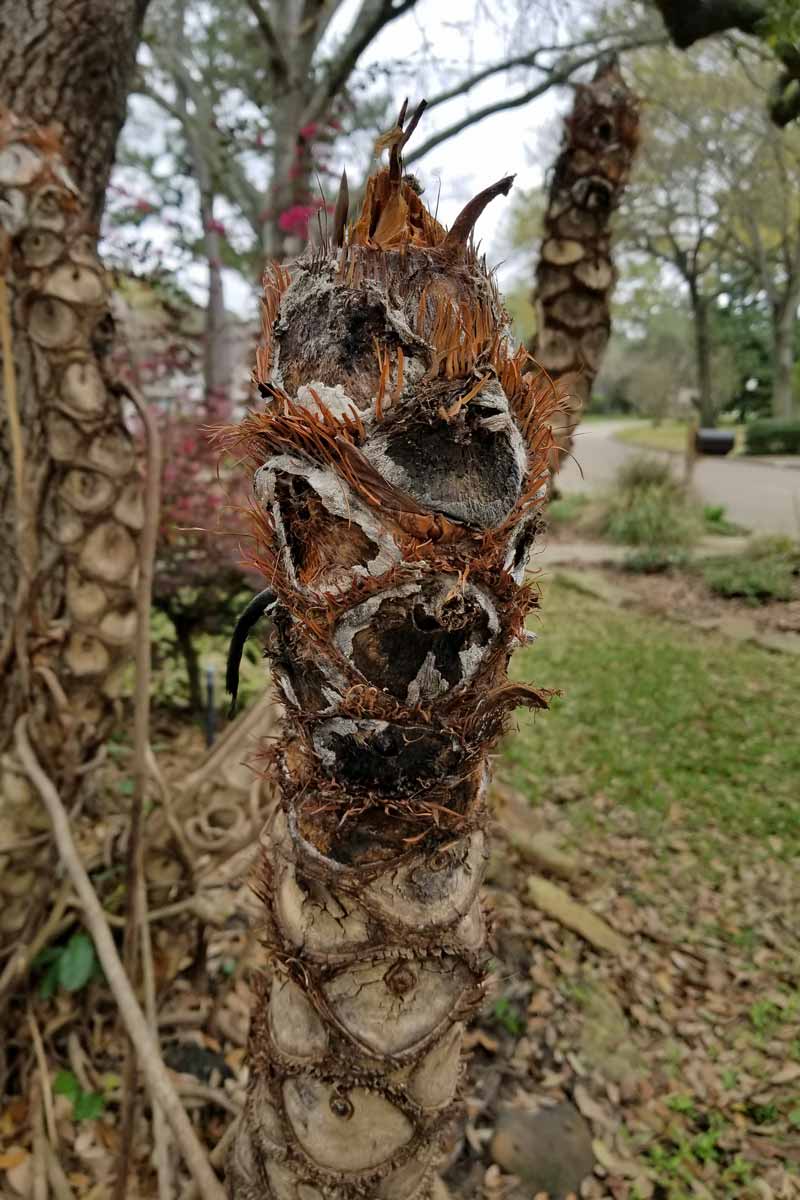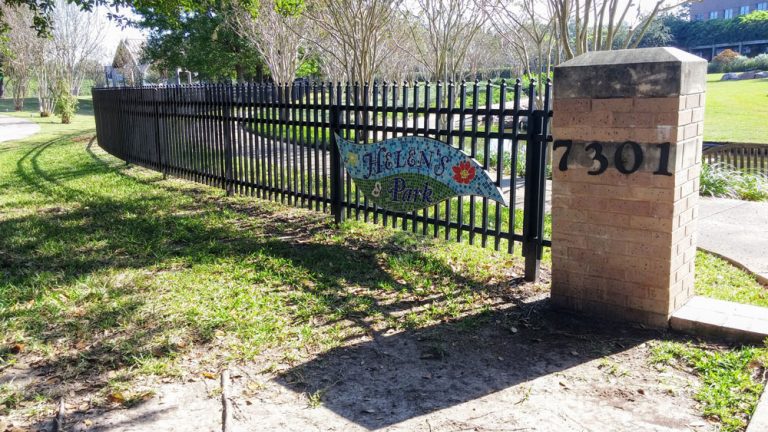Houston April Garden Care
It’s April! How is your garden coming along? I am really trying to stay on top of it now so I do not have to be out in the July heat weeding like a madwoman! About half of my mulch is down and, of course, I need to go buy more… Now, I just need to do a calming rain dance so we do not get a typhoon that will wash it all away!
But, it is a living growing wonderful thing (or a necessary evil, depending on your relationship with your outdoor space) and, as such, a new month means a new list of care items. So, pull on your garden gloves and let’s get to work!
April Garden Care Checklist:
- Weed as needed – don’t get lax now this summer your beds and yard will be overrun, plus the weed that produces sticker burrs is out and if you can get them now they won’t be in your feet later!
- Finish mulching flower beds
- Support/ stake young plants, as needed
- Lawn care: If you have a heavy thatch build up set the mower on a low setting and bag to remove the thick winter thatch – do this no more than once and only if necessary!? Otherwise, set your mower to three inches and mow as needed.
- Water: Check your sprinkler heads. Adjust for adequate coverage and make repairs. Set your system to not overwater or underwater. When St. Augustine is thirsty it will wilt, give it a drink. By not overwatering you are promoting a deeper root system which, in turn, lessens weeds and fungus.
Is it Dead?
Ummm, as part of your April Garden checklist you still may not know if it is a palm or relation – the rest of your plants should be fairly obvious.
- If it’s crispy and brown it’s dead, cut it back to green growth
- If it’s mushy and gross it’s dead and could be fungal, get it out of there ASAP
- Before pulling an entire plant grab the main branch near the base and give it a jiggle. If it doesn’t move the root system may be fine and it could come back. If it wiggles easily it’s dead pull the whole plant.
- Palms are still in the “wait and see” zone
- Cutaway droopy fronds – don’t cut away anything that is green
- A note on philodendrons below

Care of Common Houston-Area Plants:
- Annuals
- Plant warm weather flowers to have color all summer.
- Azaleas
- Prune after the first bloom. The plant has a naturally rounded mushroom shape. Identify the natural canopy and prune away and shoots that do not conform. They do not need heavy pruning, just enough to maintain their shape.
- Brugmansia (a.k.a. “Angel’s Trumpet”)
- Feed plants every two weeks during the growing season with a 17-17-17 fertilizer, alternated with a fertilizer for blooming plants (high middle number (phosphorus). These are very hungry plants because they grow so fast. Mine that was cut down to the base after the freeze is already three feet tall.
- Bulbs
- Fertilize when flower spikes start to show
- Plant summer-blooming bulbs now – Dahlias, Gladiolus, Irises, Calla Lilies and other lilies.
- Plant at two-week intervals until June for bloom in all of July through August.
- Crepe Myrtles
- If you’ve already pruned them then you are good for the year, just snip off suckers and the shoots that may grow up from the base. If not go ahead and prune them but do not commit crepe murder!? Here is a great video showing the proper way to prune a crepe myrtle. Don’t hack it off or it will grow back with ugly knobs and you will have a plant resembling Sideshow Bob!
- Gardenias
- If you have already mulched your yard then just make sure the mulch is at least four inches away from the trunk. If not, your plants will benefit from using compost mulch beneath the canopy and out beyond it for at least 12 inches. (If you are using a nice hardwood native mulch – no dyes or rubber! – then using two different mulches will not be noticeable. In fact, compost is a better option all around but may be cost prohibitive.
- Herbs
- Creeping Thyme: Prune, as needed, and again after blooming. Divide by removing a 2-inch clump from an established plant and replant immediately.
- Hydrangeas
- If feeding twice, feed the second dose now.
- Lavender
- Fertilize with 10-10-10 if it lacks growth, otherwise leave it.
- Mandarin Trees and other Citrus
- Water if soil dries out an inch or so down
- Fertilize monthly from February to October, remove suckers as needed.
- Philodendrons
- These plants are very common in Houston area yards. However, they are tropical and as such did not fare the freeze well. I can tell you that almost all of mine are now showing signs of life at the base. So, clear away the dead leaves to get a good look before you give up on it. All of mine lost all of their leaves and we have been left with large rotting stems. What to do is to find where the freeze damage ends and cut the stem back about a foot underneath that. Then sprinkle the open cut with cinnamon to prevent fungal infection. It will look weird and feel wrong but leaving rot on the plant is worse (and it will smell nice). Use a chainsaw, the stems are fibrous and it will make your life easier.
- Roses
- Deadhead as needed throughout the season to encourage new blooms.
- Trees
- Prune only as needed. Spread compost under the dripline.
- ‘Vegetable’ Garden
- It is not too late, you can still plant:
- Fruit: Cantaloupe, honeydew, watermelon
- Legumes: Beans
- Herbs: Basil, catmint, chives, cilantro, dill, fennel, lemongrass, mint, nasturtium, oregano, parsley, rosemary, sage, thyme
- Vegetables: Corn, cucumber, eggplant, okra, peppers, summer squash, tomatillos
- It is not too late, you can still plant:
All right, now it’s time to head outside and get to work on that April Garden!
Looking for tips on the other months. Check out these pages:








